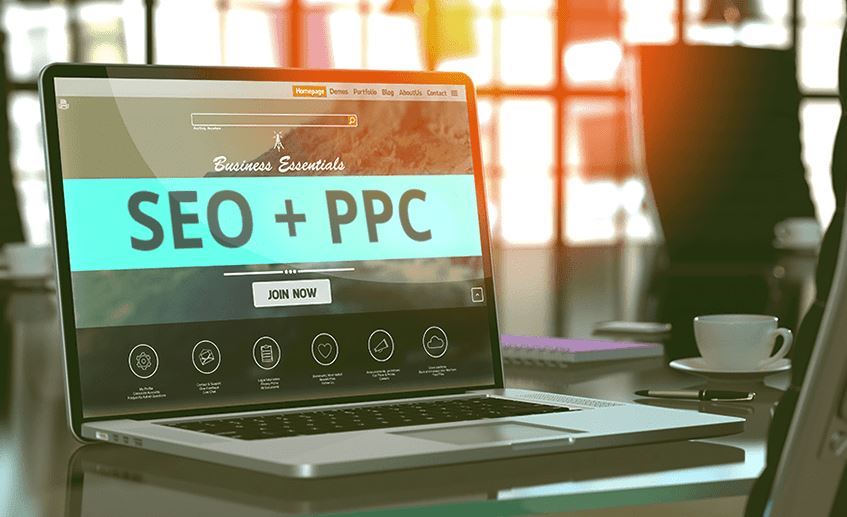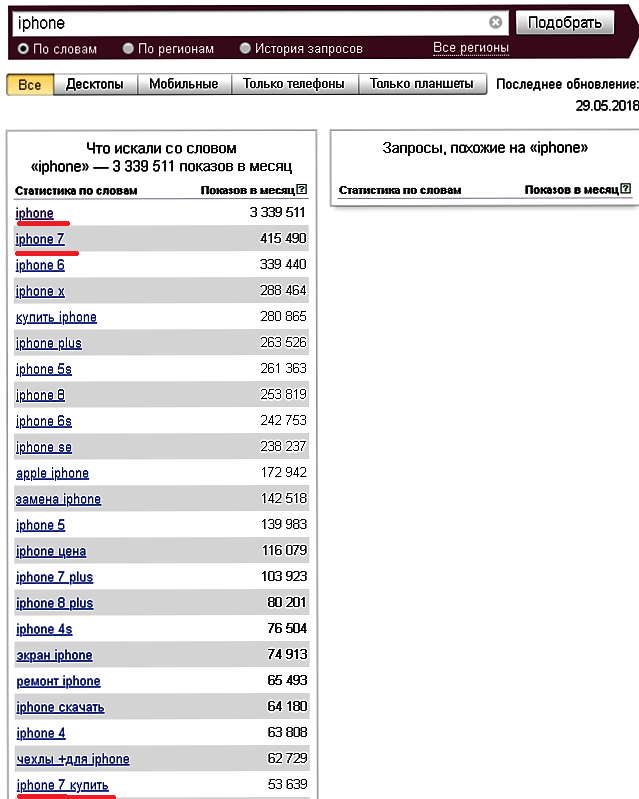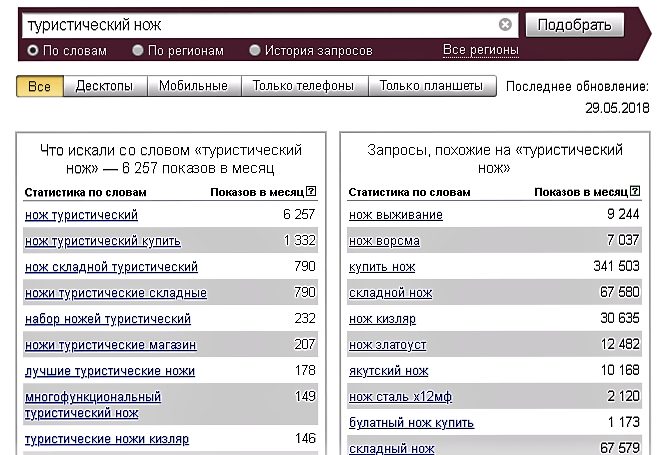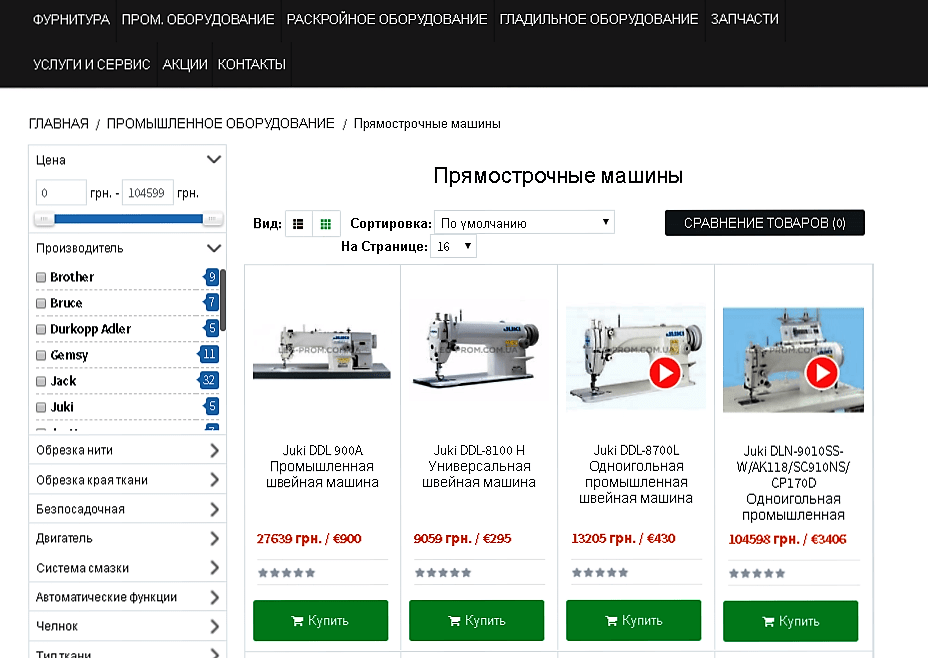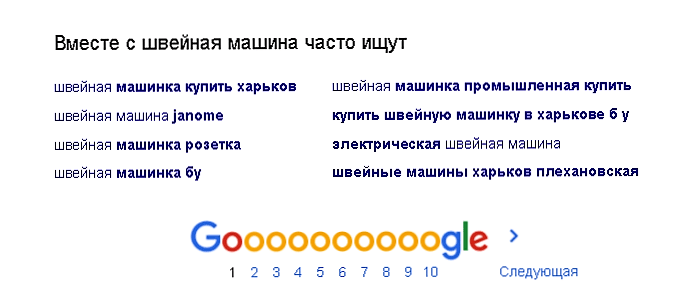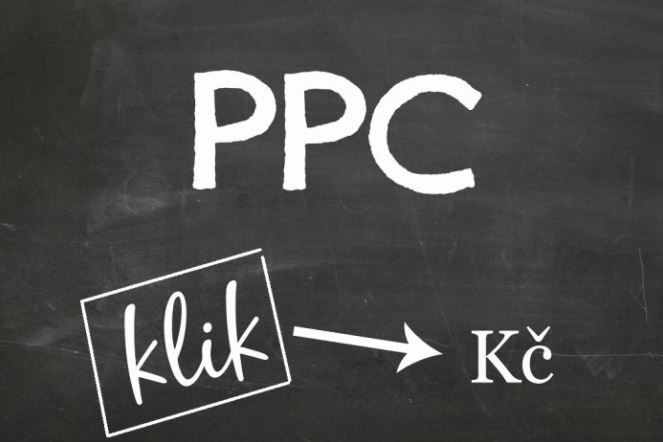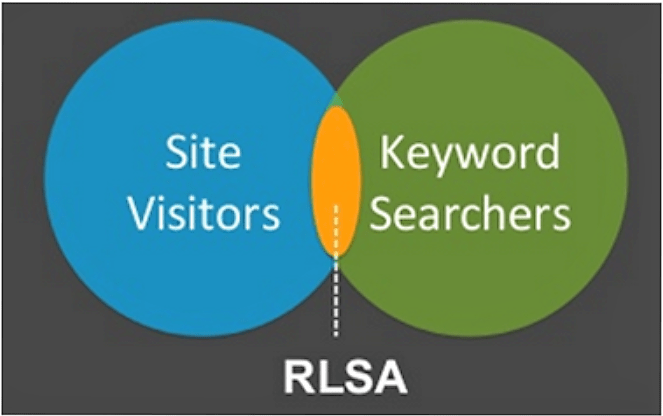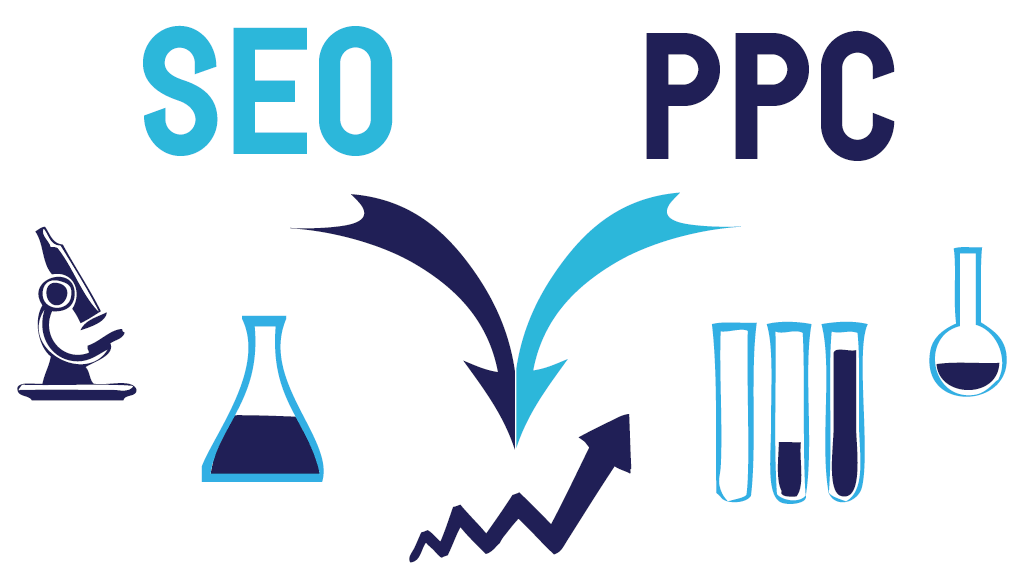Чем отличается семантика для поискового продвижения (SEO) и контекстной рекламы (PPC)?
- 1 Почему важно составить хорошее семантическое ядро, значение и проблемы
- 2 Принципы и методы подбора ключевых слов для SEO
- 3 Принципы подбора ключевых слов для контекстной рекламы
- 4 Что не нужно делать при сборе семантики:
- 5 Право на ошибку и предел погрешности в PPC и SEO
- 6 Вместо заключения специфика семантик SEO и PPC
- 7 Часто задаваемые вопросы
Что такое семантическое ядро (СЯ)? – Ответ на этот вопрос должны знать все, кто собирается заняться продвижением сайтов. СЯ – это специально подобранные слова и словосочетания, максимально точно описывающие деятельность портала, блога или интернет-магазина. Список товаров или услуг, которые он предлагает, наименования позиций, плюс синонимы и близкие по смыслу слова.
А еще это те запросы, которые вводят в поисковик потенциальные клиенты, чтобы найти предоставленную на сайте продукцию. Именно по этим запросам сайт должен войти в ТОП, чтобы получать целевой трафик и конверсии.
Все это можно условно отнести к SEO-ядру самого сайта, но еще есть такое понятие как «семантика для рекламного продвижения PPC» (Pay per click, с англ. «платить за клик»), например, для Google AdWords (на данный момент – Google Ads).
При том, что обе семантики базируются на одной основе – популярных ключевых запросах, есть существенные отличия в их нахождении и применении. Об особенностях группировки и подбора ключевых фраз для SEO и PPC и пойдет речь в этой статье.
Семантическое ядро (СЯ) сайта
Ключевые запросы принято делить по частотности:
- высокочастотные (ВЧ);
- среднечастотными (СЧ);
- низкочастотными (НЧ).
Условно считается, что чем больше слов в запросе, тем ниже его частота. Возьмем пример: iphone, iphone 7 и купить iphone 7 в харькове недорого. Первый ключ из одного слова – ВЧ, второй – СЧ, а третий – относится к НЧ. Работает принцип – чем больше слов – тем ниже частотность.
Но это только теория, потому что некоторые высокочастотники ищут реже чем низкочастотники.
Нужно учитывать общую популярность товара или услуги.
Кроме того, высокочастотные запросы не всегда лучшее решение для продвижения. Хотя такие слова чаще вбивают в поиск, но и конкуренция по ним высока.
Новичкам в бизнесе будет весьма нелегко расти по ВЧ запросам, которые уже используют десятки «монстров» на протяжении многих лет. Зато по НЧ есть возможность выйти в ТОП довольно быстро. Тут важно удержать баланс – с одной стороны, чтобы запрос искали и по нему покупали, с другой – чтобы конкуренция оставалась в пределах разумного.
Подбор семантического ядра подразумевает глубокий анализ слов и словосочетаний, которые относятся к тематике сайта. Чтобы правильно его провести, нужно хорошо знать продукт, язык и психологию покупателя.
Почему важно составить хорошее семантическое ядро, значение и проблемы
Здесь я приведу основные функции семантического ядра, их конечно больше, если что-то пропущу – добавляйте в комментариях к статье.
Базис сайта
Семантика – база, на которой строится и развивается сайт. Как известно, хорошая основа определяет успешность развития веб-ресурса, а значит и общий доход компании. Если на этапе планирования допустить ошибку, то ни к чему хорошему это не приведет.
Работа с семантикой – это план продвижения и развития интернет-магазина или блога, без которого SEO превращается в хаос.
Семантика и анализ конкурентов
Подбирая ключевые слова для ядра, SEO-специалист анализирует особенности продвижения конкурентов по каким-либо ключам. Если оказывается, что соперники на рынке серьезные и вырвались далеко вперед, нужно постараться построить семантику так, чтобы найти близкие по смыслу фразы, но с потенциалом относительно быстрого продвижения.
Например, ключ «туристический нож» вбивают 6257 раз в месяц, а словосочетание «нож выживание» – 9244. Естественно, продвигаться по второму запросу будет сложнее, при том, что товар практически один и тот же.
Соответственно, молодому магазину имеет смысл продвигать ключи с более низкой частотой.
SEO-специалисты рекомендуют остерегаться необдуманной войны за самые высокочастотные запросы. Имеет смысл найти схожие слова, по которым вы быстрее продвинете сайт в ТОП и получите неплохой поисковый трафик.
Семантическое ядро как структура веб-ресурса
Составляя семантическое ядро сайта, вы формируете его скелет. Сразу становятся ясны категории, подкатегории, рубрики и даже юзабилити. Сами собой вырисовываются пункты меню и направления продвижения. Структурированный сайт гораздо проще наполнять контентом и развивать. Без понятной и проработанной схемы придется все время что-то переделывать и топтаться на одном месте.
Оптимизация под запросы поисковых систем
Все словосочетания семантического ядра рассчитаны на конкретный текст. Непосредственно под эти ключевые слова и придется «затачивать» контент, тут важно чтобы он был полезным, интересным и уникальным.
СЯ – это контент-план, согласно которому растет сайт.
Внутренние ссылки (перелинковка)
Внутренняя перелинковка основывается на семантике сайта. Чтобы страницы со статьями и товарами передавали свой вес на категории и посадочные страницы нужно хорошо продумать всю структуру. Также, в последнее время эту стратегию все меньше используют для увеличение веса, а больше для улучшения поведенческих факторов (Browse rank) Эффективная перелинковка способствует систематическому росту сайта в поисковой выдаче.
Анкоры для закупки ссылок
Семантика необходима для создания анкоров (текстов ссылок) при наращивании ссылочной массы. Поисковики учитывают не только наличие самой ссылки, но и то, как она составлена, типа анкора. Перед глазами всегда должен быть план – ядро сайта и анкор-лист, тогда будет понятно, как лучше сформировать ссылку.
Контекстная реклама
На основе семантики сайта делают настройку контекстной рекламы. Есть масса особенностей этого процесса, о которых мы и поговорим далее.
Читайте также статью на эту тему более подробно: «Зачем владельцу сайта нужно семантическое ядро»
Принципы и методы подбора ключевых слов для SEO
Ключевики для сайта или интернет-магазина подбирают в соответствии с теми категориями и подкатегориями, которые на нем представлены. Например, у интернет- магазина, занимающегося швейной техникой, будет такая картина:
Кроме категорий есть еще и подкатегории:
Которые, в свою очередь, содержат карточки товаров:
То есть большинство сайтов имеют четкую иерархическую структуру, благодаря которой легко искать и находить товары и услуги.
В начале работы над семантическим ядром мы берем категории, которые будут на ресурсе и собираем по ним семантику, потом подкатегории.
Обычно это делается в таком порядке (при условии, что сайт уже создан с удобной и правильной навигацией):
1. Определяется регион продвижения и поисковая система, от этого зависит каким сервисом будет собираться семантика и каких конкурентов будем анализировать.
2. Сбор вручную (с помощью Планировщика ключевых слов Google, Key Collector, Semrush, Serpstat и других сервисов).
3. Анализируем семантику 5 ТОП-овых конкурентов (можно больше, все зависит от того, насколько схожи товары). Используем ключи конкурента. Есть большое количество сервисов, которые автоматизируют работу SЕО-специалистов, особое внимание рекомендую обратить на Serpstat и Ahrefs. Потом просто копируем ключи и продолжаем работу.
4. Подбираем ключи по поисковым подсказкам. Чаще всего использовать ключевые слова конкурента недостаточно. Ведь нужно сделать семантическое ядро лучше, чем у него, поэтому имеет смысл обратить внимание на подсказки Google. Просто вбиваем ключ в поиск и смотрим что пишет система внизу страницы выдачи:
5. Чистка. И вот семантика собрана, теперь ее нужно почистить (очень важный момент, ведь зачем Вам запросы, типа «кровать 2015», если на дворе уже 2018),
6. Кластеризация. Если ядро небольшое, это можно сделать вручную, но для обработки несколько сотен или тысяч слов используйте кластеризаторы. Таким образом вы сэкономите время и силы. Как мы делаем это в МАВР, читайте в статье «Кластеризация запросов».
Примерно по такой схеме проводится работа над семантическим ядром. После того, как мы получили все ключи, можно приступать к написанию мета-тегов и наполнению категорий и товаров текстами. На первый взгляд кажется, что точно также можно взять эти ключи и использовать для рекламы, но это не так!
Принципы подбора ключевых слов для контекстной рекламы
Сначала определимся с терминологией: «поисковый запрос» ≠ «ключевое слово»!
Поисковый запрос – это слово или словосочетание, которое вводит пользователь в поисковую строку.
Ключевое слово – это слово или словосочетание, которое мы используем для таргетинга на целевую аудиторю в Google AdWords (Google Ads).
Т.е. при вводе пользователем поискового запроса, система Google AdWords (Google Ads) выбирает в вашем рекламном кабинете наиболее подходящее под этот запрос ключевое слово и выдает связанное с ним рекламное объявление.
Подбор ключевиков производится в соответствии с целями рекламной кампании. С одной стороны, реклама должна точно отвечать на запрос (быть релевантной), с другой – не быть тривиальной и «цеплять» потенциального покупателя
В целом работа осуществляется по такой схеме:
- подбираем поисковые запросы;
- находим самые значимые ключевые слова на основе запросов;
- сортируем;
- проверяем релевантность страниц;
- настраиваем рекламу.
Как при подборе ключей для SEO, так и для PPC, важный момент – анализ рекламных кампаний конкурентов. Существуют платные системы, которые позволяют это сделать достаточно быстро. Функционал таких программ «заточен» под оптимизацию аналитической работы. Самые популярные: Serpstat, Semrush, SimilarWeb и Spywords.
Владея информацией при создании рекламной кампании вы сможете учесть все ошибки коллег и попытаться их не повторять, при этом взяв самые эффективные схемы работы. Несколько минут и получаете ценную информацию.
Естественно, никто не отменял подбор ключей при помощи поисковой выдачи Google и других, менее автоматизированных, но полезных инструментов.
PPC реклама участвует в аукционе. Чем лучше и точнее вам удастся сделать объявление, тем меньше средств потратите на продвижение сайта.
Подборы семантики для сайта и рекламы PPC схожи только на этапе нахождения поисковых запросов.
Характерные проблемы PPC рекламы
Несоответствие текста на сайте и ключей. Когда дело касается рекламы, нужно подобрать максимально релевантные слова, чтобы они точно соответствовали запросам пользователей. Из-за ошибок в семантике случается – клики идут, система отщелкивает деньги, покупок минимум. Результат – кампания не окупилась. Чем точнее написан текст на странице – тем лучше для PPC. Не забыть про релевантность, она оказывает значительное влияние на цену, кликабельность (CTR) и место, занимаемое в выдаче.
Для рекламы и рекламного контента очень важно предельно точно установить и сузить целевую аудиторию. «Стрельба по площадям» оправдана только в случае немереного бюджета и суперпопулярного товара. Чем точнее вы попадаете в ЦА, тем больше покупок и меньше расходов. Для этого нужно проработать семантику очень тщательно. Кроме того, используйте ремаркетинг поиска Google Adwords (Google Ads) – систему RLSA. Она позволяет показывать объявления в поиске той же аудитории, что уже была на сайте.
Дублирование ключей. Повторение ключей вредно как для SЕО сайта, так и для рекламы. При ошибках в большом ядре и регулярной работе с семантикой различных кампаний в одном аккаунте, часто возникают дубли. И как результат – соревнование ключей между собой и увеличение стоимости клика (они будут делить между собой показы объявления и “смазывать” статистику). Случается, что система демонстрирует не то что нужно. Чтобы этого избежать, рекомендуем регулярно смотреть отчеты по ключам и проводить поиск дублей при помощи гугл таблиц, excel или Ads Editor.
Неаккуратное обращение с минус словами. Плохо, когда этих слов много, но и без них нельзя. Если их недостаточно, кампания получит показы по непонятным поисковым запросам и сайт получит нерелевантный трафик. Результат – лишние траты и соперничество ключей. С этим борются при помощи тщательного анализа семантики о котором уже было сказано.
Проблемы с DSA – динамической вставкой ключей в Google Ads. Прежде чем использовать эту технологию убедитесь, что это имеет смысл – посадочные страницы имеют хорошо составленные title и description , а потом три раза проверьте, семантику. При неправильной динамической вставке система генерирует «кривые» и не релевантные объявления. Ключи не должны иметь опечаток, а код – ошибок.
Даже при небольшом изменении ключа, результаты поисковой выдачи могут сильно отличаться. На первый взгляд это кажется странным, но так устроен поисковик, поэтому, прежде чем запустить рекламу, еще раз все проверьте.
Что еще нужно знать о PPC
Хочу напомнить несколько важнейших факторов для рекламы PPC:
- размер бюджета определяет размах и возможности всего мероприятия, планируйте и контролируйте расходы, чтобы сделать кампанию успешной;
- выясните специфику целевой аудитории, ведь вы продаете товар/услугу для определенных людей, а значит должны говорить на их языке и быть понятными;
- точно подобранная семантика – основа кампании, внимательно проверьте ключевые слова, удалите те, которые пользуются меньшей популярностью. Кликабельность (CTR) играет важную роль, при низких показателях растет стоимость рекламы;
- нельзя забывать про геозависимые факторы;
- время и график демонстрации рекламы должны соответствовать времени, когда люди покупают;
- постарайтесь точно определить приоритетные фразы, по которым люди находят ваши товары или услуги, подберите самые релевантные страницы на сайте и сделайте рекламу. То, насколько хорошо страница соответствует запросам, оказывает непосредственное влияние на стоимость рекламы и успешность кампании. Покупатель должен получить именно то, что ожидает;
- фактор времени демонстрации рекламы. В Ads есть возможность настроить показы рекламы равномерно на протяжении суток или в конкретное время. Начинающие специалисты иногда используют равномерный показ, результат – потеря средств. Это важно, например, рекламу промышленной техники мало кто будет смотреть, а тем более заказывать товар ночью, вечером и в нерабочее время. Посмотреть могут, но до утра все забудется, а клик уже произведен. А вот бытовые товары часто покупают именно вечером, придя с работы.
Что не нужно делать при сборе семантики:
1. Сбор ключевых слов, которые не соответствуют тематике сайта. Перед тем как приступить к сбору ключевых слов нужно детально изучить тематику и услуги или товары. Это поможет более точно подобрать ключевые слова как для рекламы, так и для seo-оптимизации.
2. Не проверять ключевые слова. Помимо частотности все ключи могут служить для разных целей. По одним ранжируются информационные запросы, по другим коммерческие. Данные ключи нужно разделять и оставлять те, которые соответствуют вашим целям.
3. Продвигать несколько страниц на сайте по одним и тем же ключевым словам. Для каждой страницы должна быть своя группа запросов по которой в будущем она будет ранжироваться.
4. Доверять автоматической кластеризации. Стоит проверять кластеризацию и доделывать ее руками, так как при автоматической кластеризации могут быть не точности.
Право на ошибку и предел погрешности в PPC и SEO
От точности работы настройщика рекламы напрямую зависит прибыль фирмы. Поэтому прав на ошибку немногим больше чем у сапера. PPC недешевая область, чтобы проводить убыточные опыты.
Предел погрешности в SEO намного больше. По сути, SЕО продвижение – это постоянный эксперимент с ключами, процентом вхождений и спецификой контента. Кроме того, меняются требования поисковых систем, и чтобы сайт не вылетел из ТОПа мало идти в ногу со временем, нужно бежать в два раза быстрее. В отличии от рекламы, здесь специалист находится в постоянном поиске. Еще важный момент – SEO – не быстрый процесс.
Вместо заключения специфика семантик SEO и PPC
Мы достаточно подробно разобрали особенности семантики для рекламы и продвижения в поисковике. Хотя SEO и PPC стратегически выполняют схожие функции – стимулируют продажи товаров и услуг, но на тактическом уровне – это разные области продвижения.
Семантика для SEO работает с максимально широким кругом запросов и должна полностью охватить проблематику сайта. Что бы пользователь ни искал, какую бы словоформу ни использовал относительно предлагаемого товара или услуги, ответ должен быть найден в категориях, карточках товаров или в статьях на сайте. Чем шире семантическое ядро сайта и чем лучше оно проработано, тем больше потенциальных покупателей попадает в эту сеть. Ну и соответственно, при хорошей семантике и уникальных текстах, ранжирование в поисковиках будет выше.
PPC берет не количеством, а качеством. Если какой-либо ключ вызывает сомнение – его проще отсеять, чем проводить дорогостоящий эксперимент. PPC использует ключи сайта с наибольшей частотностью. Потом их анализируют, сравнивают с рекламой конкурентов и только после этого используют в кампаниях. В целом, семантика для PPC менее широкая, но более точная.
Естественно, что вопрос о взаимозаменяемости не ставится, так как семантического ядра для PPC будет недостаточно для правильного продвижения сайта, а SEO ядро слишком громоздкое и неточное для создания рекламы.
Для каждого метода продвижения лучше использовать свой набор ключевых фраз.
Часто задаваемые вопросы
Что такое семантика простыми словами?
Семантика — это раздел лингвистики, изучающий значение слов и предложений. Простыми словами, это наука о том, что именно мы имеем в виду, когда используем определенные слова и как эти значения меняются в разных контекстах.
В чем разница между лексикой и семантикой?
Разница между лексикой и семантикой заключается в том, что лексика связана с набором слов или словарным составом языка, в то время как семантика изучает значение этих слов и фраз. Лексика отвечает на вопрос “Какие слова существуют в языке?”, а семантика — “Что эти слова означают?”.
Что такое семантика в психологии?
В психологии семантика изучает процессы понимания и интерпретации слов, предложений и текстов человеческим мозгом. Это включает в себя исследование того, как мы придаем значения словам и как это значение влияет на наше восприятие мира.
Что такое семантика в программировании простыми словами?
В программировании семантика относится к значению и последствиям программных конструкций, например, к тому, как конкретные команды или структуры кода влияют на выполнение программы. Проще говоря, это описание того, что делает программа или код, в отличие от синтаксиса, который описывает, как именно это написано.
Эксперт в области интернет-маркетинга. Руководитель маркетингового агентства MAVR.
Бизнес-степень «Мастер делового администрирования» (MBA).


